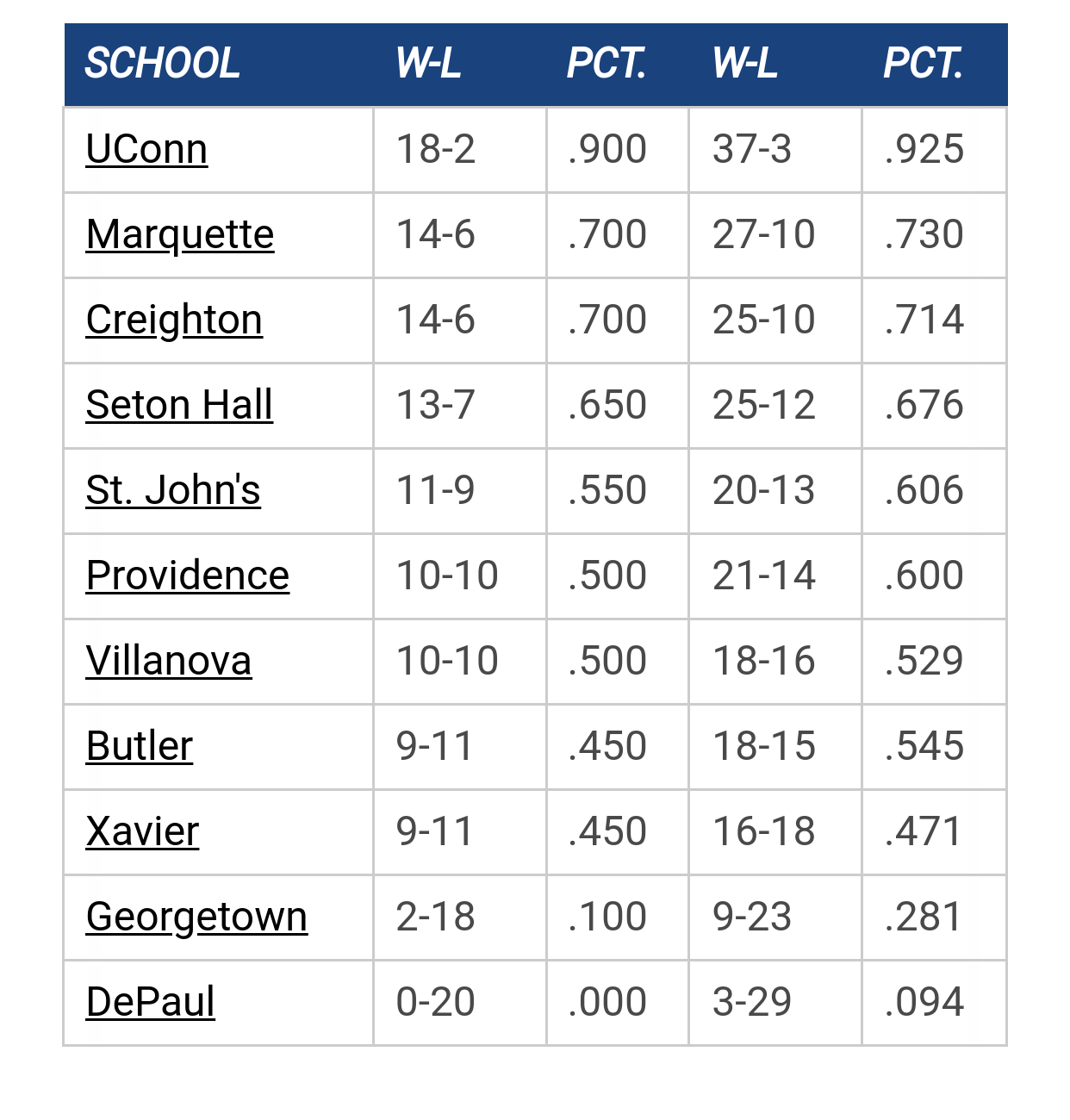- Welcome to MUScoop.
New Kenpom Stat Shows This Season Is On The Players, Not Shaka by tower912
[Today at 03:28:41 PM]
New Jerseys by tower912
[Today at 03:21:18 PM]
Beat X on Wednesday by MuggsyB
[Today at 03:15:35 PM]
NM by MarquetteMike1977
[Today at 01:43:12 PM]
Recruiting as of 1/15/26 by Vander Blue Man Group
[Today at 01:33:16 PM]
Chase and Ben by Vander Blue Man Group
[Today at 01:30:18 PM]
DeAndre Haynes by jfp61
[Today at 12:54:47 PM]
[Today at 03:28:41 PM]
New Jerseys by tower912
[Today at 03:21:18 PM]
Beat X on Wednesday by MuggsyB
[Today at 03:15:35 PM]
NM by MarquetteMike1977
[Today at 01:43:12 PM]
Recruiting as of 1/15/26 by Vander Blue Man Group
[Today at 01:33:16 PM]
Chase and Ben by Vander Blue Man Group
[Today at 01:30:18 PM]
DeAndre Haynes by jfp61
[Today at 12:54:47 PM]
The absolute only thing required for this FREE registration is a valid e-mail address. We keep all your information confidential and will NEVER give or sell it to anyone else.
Login to get rid of this box (and ads) , or signup NOW!
Xavier Date/Time: Jan 7, 2026, 6:00pm TV: FS1 Schedule for 2025-26 |
||||||
User actions


